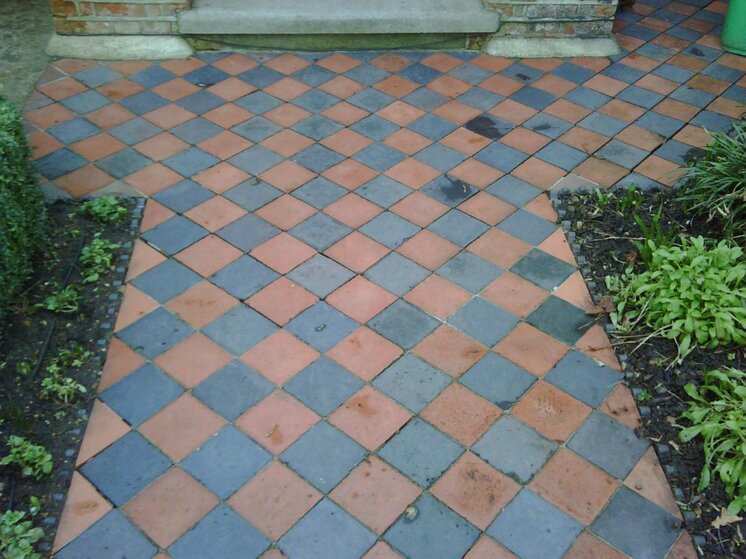R
robsob
Can anyone please advise the best cleaning process / solution for an old victorian (?) outside tile path. See pictures attached. i have power washed it to start, but the path has not had a proper clean for some time.
is there a good solution to get the deep grime out? once done how best to seal the tiles and give them a shine?
many thanks
is there a good solution to get the deep grime out? once done how best to seal the tiles and give them a shine?
many thanks


